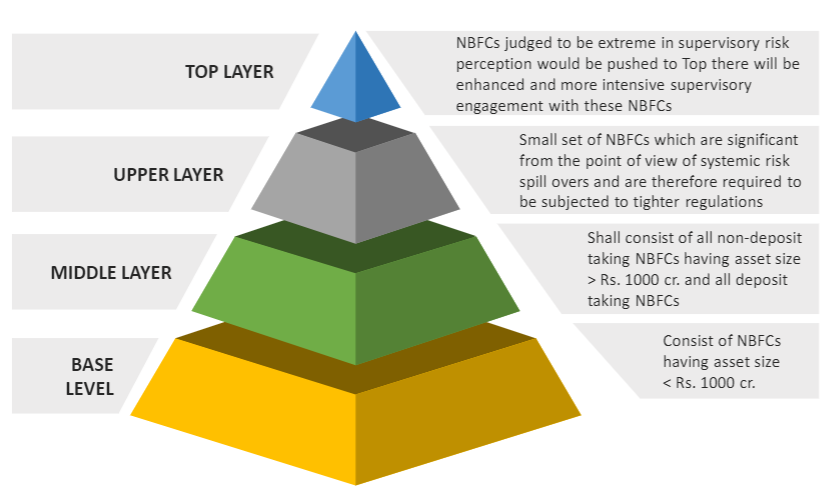The future of Loan-loaded Prepaid Payment Instruments
Financial Services Division | finserv@vinodkothari.com
The latest communication from the Reserve Bank of India (‘RBI’), barring issuers of prepaid payment instruments (PPIs) from having the same loaded by credit lines, has created a substantial flutter in the financial sector, particularly among the Fintech lenders. Based on the feedback received from market participants it seems that the RBI has been trying to remove any regulatory arbitrage that a non-bank PPI issuer may have as compared to a bank. Considering the gravity of the matter even the Payment Council of India has approached the Government of India to intervene in this matter[1]. There are reports[2] that many of the issuers of PPIs have reportedly stopped issuing PPIs post receiving the RBI circular.
The trigger for all this is a June 20, 2022 communication from the RBI, addressed to certain NBFCs and Fintech lenders, who have been extending credit facilities for loading prepaid cards, stating that prepaid payment instruments (PPIs) must not be loaded through credit lines. The aforesaid communication has raised questions on the existing business model of several fintech entities and threatens their existence. The relevant extract of the said communication states that:
“A reference is invited to the provisions contained in the paragraph 7.5 of the Master Direction on PPI (PPI-MD) dated August 27, 2021 (updated as on November 12, 2021) – “PPIs shall be permitted to be loaded /reloaded by cash debit to a bank account, credit and debit cards, PPIs (as permitted from time to time) and other payment instruments issued by regulated entities in India and shall be in INR only”
The PPI-MD does not permit loading of PPIs from credit lines. Such practices, if followed, should be stopped immediately. Any non-compliance in this regard may attract penal action under provisions contained in the Payment and Settlement Systems Act, 2007”
Read more →
